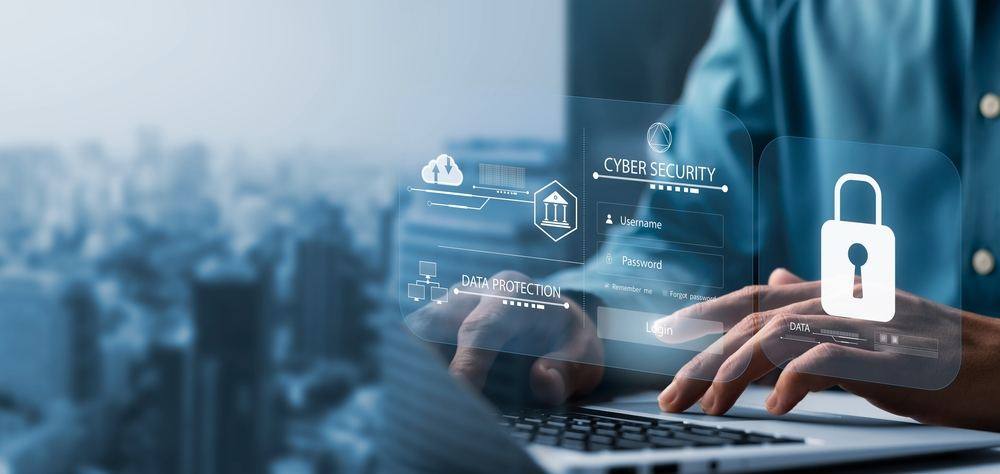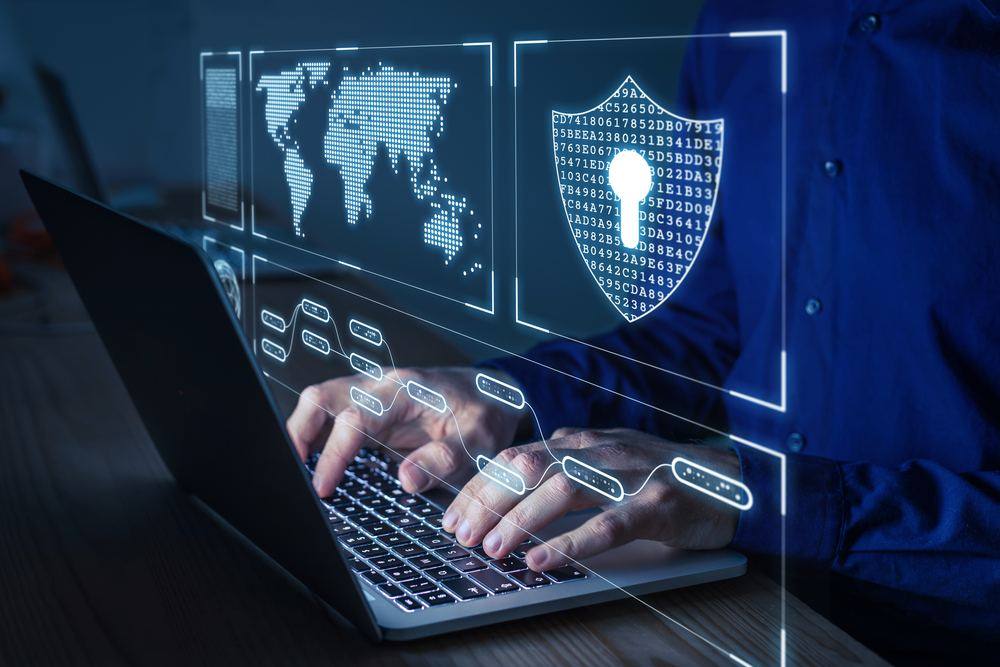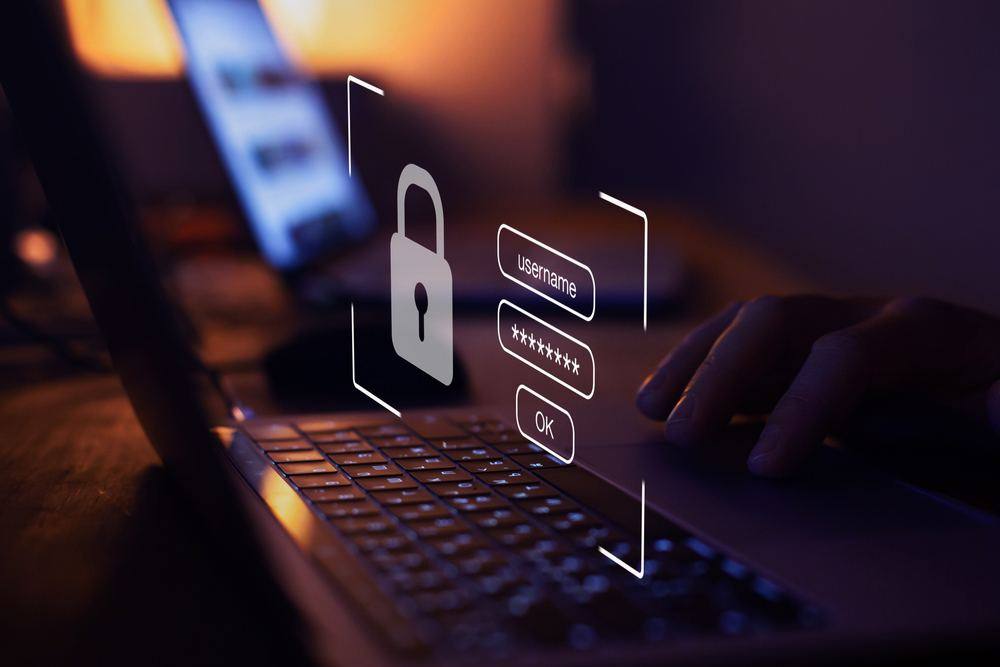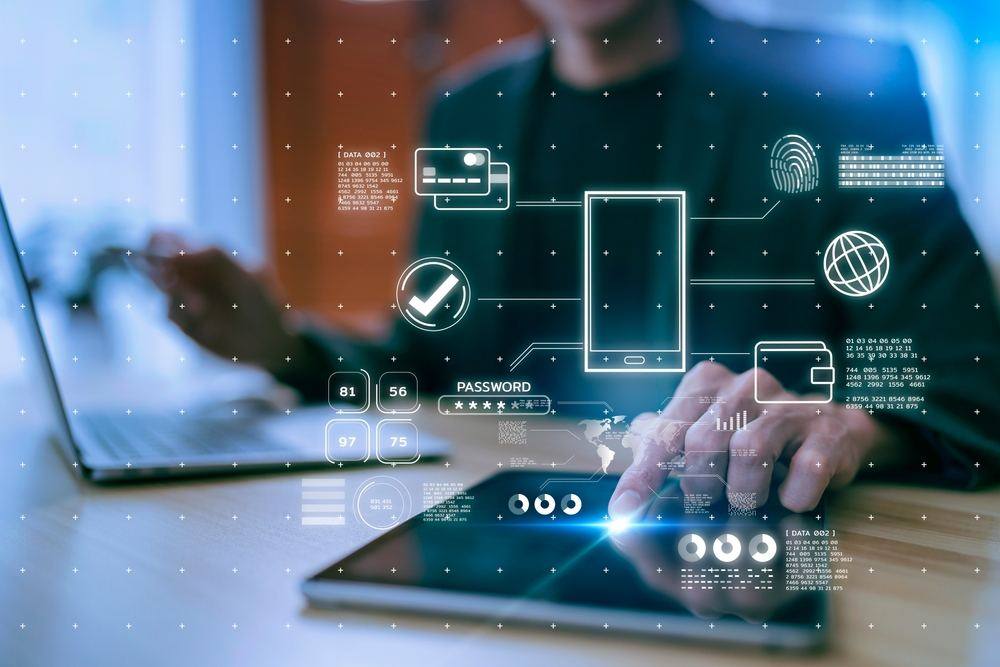What IT Security Teams Can Learn From Cybersecurity Threats

Cybersecurity threats are becoming more sophisticated and dangerous. And whilst industry leaders are not blind to the threat, over 50% of organisations do not feel as though they are properly prepared.
Research performed by the British Chamber of Commerce alongside Cisco found that four in five firms do not have accredited cybersecurity measures. The report also reveals that one in 10 small firms has been the victim of a cyberattack, rising to one in seven for larger firms.
Cybercriminals are consistently developing new tools to outfox cybersecurity defences. Whilst cybersecurity firms appear to be winning the battle, over 422 million personal records were stolen in 2022.
No matter what size company you run, a robust IT security stack is critical for protecting your business network and sensitive data against the threat of bad actors.
Even if you’ve installed cybersecurity measures such as anti-virus software, patch management and firewalls, it’s important to keep an eye on the latest hacking techniques to snuff out cybersecurity threats.
This article takes a look at what IT security teams can learn from the cybersecurity threats that have emerged in recent years.
Lessons From Covid
Harsh lessons were learned during covid. Companies had to reinvent their operational structure to keep up and running. But hackers took advantage of employees working from home.
Interpol reported that malicious attached increased by 569% during the first two months of the lockdown. Hackers used a tool called Open Bullet to steal login credentials from over half a million people.
Strategies focusing on improving login credentials became a priority by forcing end-users to use strong passwords, change passwords on a regular basis and adopt multi-factor authentication (MFA).

Over the last two years, companies have shown significant improvements in their cover security defences since the pandemic. Upgrading legacy applications riddled with vulnerabilities helped to minimise surface attacks, and training staff in cybersecurity awareness has helped first-line defenders identify and capture threats.
IT security chiefs have also become aware of the vulnerabilities stemming from supply chains and financial partners. Hackers are using spear phishing and whaling techniques to target C-suite executives and account managers.
Sophisticated cybercriminals also have the tools to compromise supply chain software and modify executable files to perform nefarious actions. The Solar Winds breach demonstrated that state-sponsored threat actors can mimic protocol traffic without detection.
Cyber security firms responded to the Solar Winds attack by developing access controls that only give permission to designated users. Privileged Identify Management (PMI) is now a standard feature in cloud software applications.
Securing Remote Working Devices
Remote working has become a feature for millions of employees in the aftermath of the pandemic. But whilst a distributed workforce has benefits for employees and enterprises, hackers are reaping the rewards as well.
Because remote employees access business networks through home networks that are less secure, endpoint solutions become the first line of defence. Security controls are even more critical if your employees are using personal devices.
Endpoint security solutions such as Microsoft Endpoint manager target patch management installation, VPN connections, auditing and validating authorised devices and preventing employees from clicking on potentially harmful links on the web and email.
Adopting a zero-trust policy should be the priority for every company that stores sensitive records. This is not only the case in a virtual workplace but in any environment which uses digital tools.
Zero-trust is not a tool. It’s a principle. The overarching framework underlies network security by working on the principle that nobody can be trusted and everybody should be verified.
Endpoint security solutions are set up to identify users by registering devices and verifying locations. The solution works on three key touchpoints:
- Verify every user through MFA
- Verify every device
- Create privileged access to applications
Virtual desktops (VDs) also provide a strong layer of cybersecurity defences in remote working models. VDs give employees the freedom to work from home by providing a secure environment that mirrors your usual business tools without connecting to your network.

A virtual environment plays a significant role in helping to make your business’ IT network secure. With data stored in a centralised system, you are able to protect data much more efficiently than you can on employee devices. You make the rules to access the network.
Cyber Attacks on Ukraine
Cybersecurity experts claim sophisticated hackers in Russia developed new attack vectors ahead of the invasion of Ukraine. It was reported that distributed denial of service (DDoS) attacks were launched against government and banking institutions.
DDoS attacks involve bombarding the target with excessive traffic and connection requests which force servers to slow down or experience a power outage. These types of attacks are typically used as a pre-attack strategy in a deeper and more destructive attack.
It was later found that Russian hackers were using malware to destroy data rather than trying to encrypt it. However, the propaganda machine reports the majority of Russian efforts were thwarted by Ukraine’s resilient digital ecosystem thanks to years of cybersecurity investment.
The actual details of Ukraine’s cybersecurity defence strategy have never been released. What we do know is that strategies to mitigate DDOS attacks are to limit the surface area that can be attacked and expand redundant bandwidth that can absorb high volumes of traffic.
Cybersecurity strategists warn that the biggest threat across Europe is ransomware. The UK National Cyber Security Centre said there were three times as many ransomware attacks in the first quarter of 2021 as there were in the whole of 2019.
Until recently, ransomware was typically deployed through phishing and whaling attacks. This was counteracted by training employees about cybersecurity threats and installing preventative software that blocks and isolates suspicious files.
Cybercriminals have since moved into executing physical attacks by directly infecting computer systems via a USB. For this to happen, malicious actors need access to devices on the network. This means cybercriminals are either employees, visitors or intruders into homes and workplaces.
Ongoing Vigilance Against Cybersecurity Threats
IT security teams should be following the news and paying attention to the latest techniques deployed by threat actors. Although software companies consistently develop effective strategies to keep hackers at bay, cybercriminals are finding new ways of infiltrating business networks.
Cyber attacks will continue over time and with the emergence of new technologies such as web 3, artificial intelligence and the blockchain, threat actors have access to tools that can cause damage to existing IT infrastructure.
The good news is that cybersecurity firms have access to the same tools and work diligently to counteract cybersecurity threats. That means solutions are available. Firms just need to be aware of the preventative measures they need to take.

For example, bad actors are using nefarious tactics to infiltrate office tools. Last year, hackers were dropping malware-infected files in Microsoft Teams. Be on the lookout for cybersecurity mistakes other firms are making.
With an ever-changing cybersecurity landscape, staying up to date with the latest technologies and keeping your existing technologies is critical. The first line of defence against cybercrime is to be aware of the areas you can be attacked.
Because those actors are always upgrading their attack vectors, it’s fair to say that no one single cybersecurity solution is impenetrable. However, there are ample cybersecurity tools and strategies available that enable firms to mitigate cybersecurity threats.
QR Code Cybersecurity Threats
On the topic of emergent cybersecurity threats, one of the most recent forms of attacks is to distribute malicious QR codes. Whilst it is impossible for anyone to identify whether a QR code is infected with malicious malware, it is possible to be suspicious of touchless transactions through channels typically used by hackers.
Fraudsters are using social engineering techniques (phishing, smishing etc) to distribute infected QR codes to unsuspected victims. The types of QR codes that are used by hackers purport to open webpages, make payments or access content that appears to have originated from a trusted source such as a recognised company.
Victims of malicious QR codes have reported identity theft and making payments to fake online payment gateways. Businesses using QR codes have also reported consumer data violations and data privacy breaches.
One of the tactics used is the victim receives an email asking them to provide consent for a shopping website to view their payment history. To give authority the victim is asked to scan a QR code.
Once a target scans an infected QR code, malware is installed on their device. The malware can be used to collect sensitive data or spy on the user’s activity and send data back to the hacker.
Because QR code scams follow the same modus operandi as phishing scams, they can be avoided by checking emails for suspicious sender addresses and spelling or grammar errors in the email.
Employees should be made aware of the threat and informed to be wary of QR codes. Only scan codes that have been shared by trusted sources and that they know are legitimate.
Employees should also take time to assess websites for an SSL certificate that ensures a secure connection for making transactions. Websites that do not have an SSL certificate should be avoided.
In addition, after scanning a QR code, scan the link before opening it. Only use QR scanners that are built into your mobile device.
Cybersecurity Awareness Training
Various studies performed by cybersecurity firms show that human error is responsible for the majority of data breaches. This won’t change unless you install preventative measures.
The most likely scenarios for your employees to make cybersecurity mistakes are:
- Clicking on malicious links
- Downloading files infected with malware
- Failing to execute security updates
- Falling for spoof emails or phone calls
- Misconfigured security protocols in cloud applications
Removing the potential for employees to make a mistake is the first cause of action in a proactive cybersecurity strategy. The second point of action is to provide employees with cybersecurity training that informs them where threats come from, how to spot threats and what to do with them.
The capacity to identify potential threats is the most important aspect of cybersecurity awareness training. For example, spoofing emails that look as though they originated from a trusted source can easily trick unsuspecting targets into clicking on a malicious link.

Data breaches can easily be diverted if your employees know cybersecurity threats. Before clicking on links or opening documents sent by email, you should
1. Check the email address
Suspicious emails cannot disguise an authentic email address. Typical examples are:
2. Check links and attachment roots
Malicious links and attachments usually have hidden text so they cannot be detected by email filters. Hovering your mouse pointer over a link reveals a URL or file name. Malicious files have a suspicious link address.
3. Be aware of odd messages
You can often detect spoof emails by the wording. Sometimes poor spelling and grammar are a dead giveaway and emails that start with “Dear Customer” will not be generated by a company that has a customer’s name stored in their records.
Messages that convey a sense of urgency are also a technique that is commonly used by threat actors.
IT Security Solutions in London
Cybersecurity threats are disruptive, frustrating and potentially dangerous. What’s more, they are naturally troublesome for business leaders and can cause sleepless nights for C-suite executives that have reservations about the effectiveness of their cybersecurity defences.
For many companies, the best solution is to consult with experienced IT security professionals in London. Our team if IT specialists have a wealth of experience installing effective cybersecurity solutions for companies in London and the southeast.
Teaming up with our cybersecurity experts protects your sensitive data from being stolen and ensures your employees are properly informed of potential threats.
Our customised IT packages include implementing an effective cybersecurity strategy, planning, ongoing management and proactive prevention together with providing continual awareness of the latest cybersecurity threats.
If you want to know more about how our team of specialists can help support your business, contact us today and speak to one of our knowledgeable experts.


